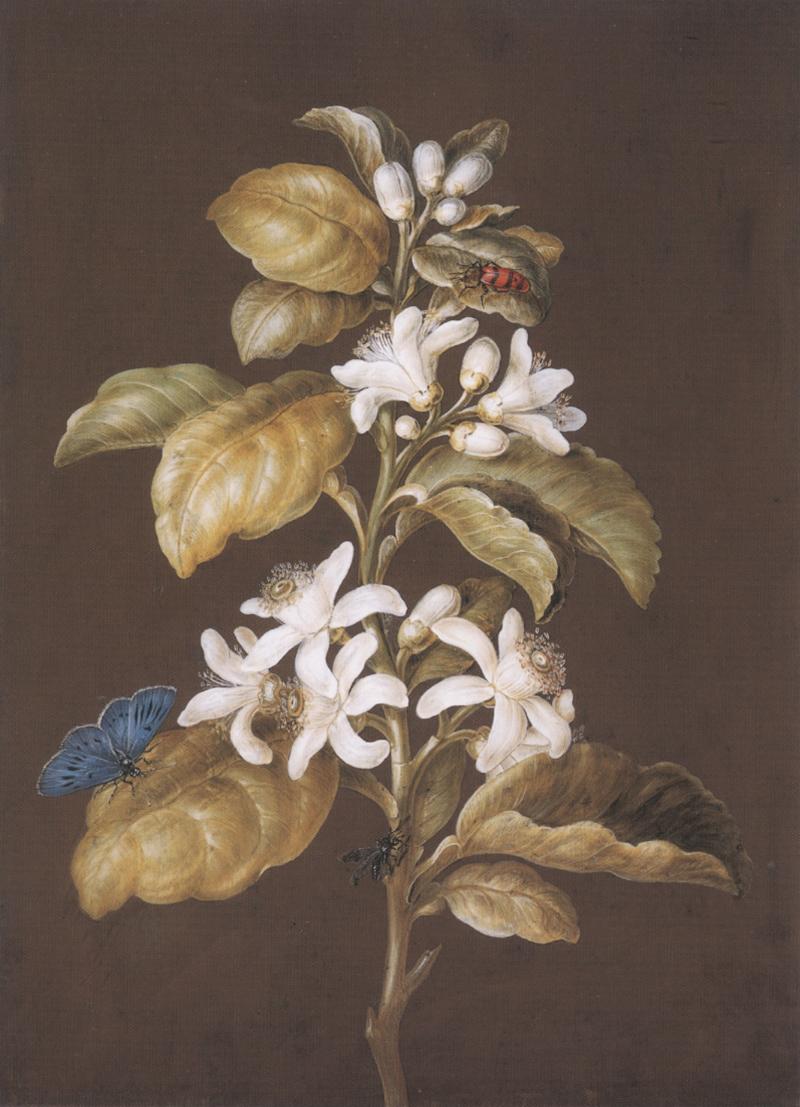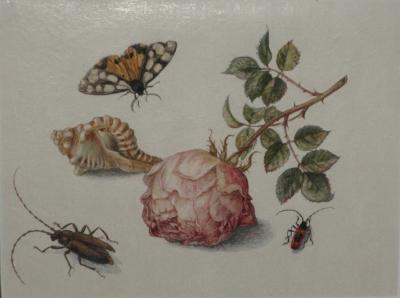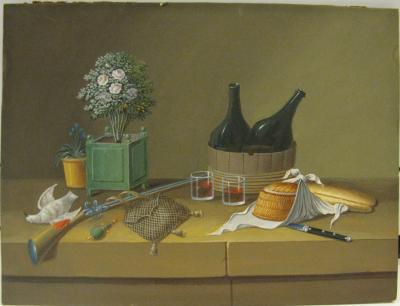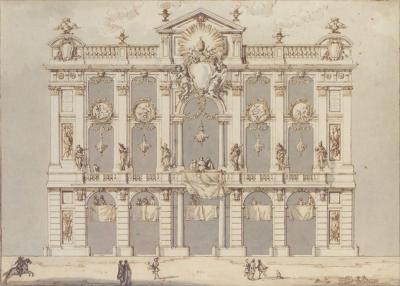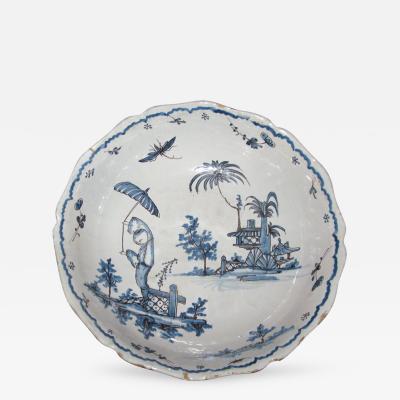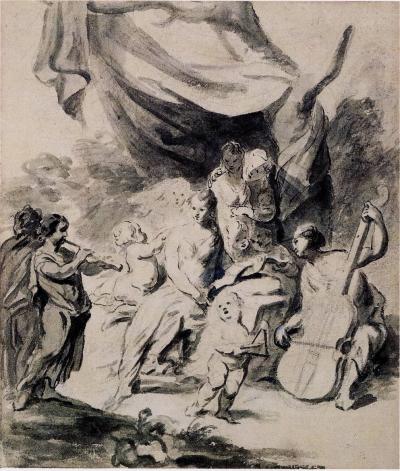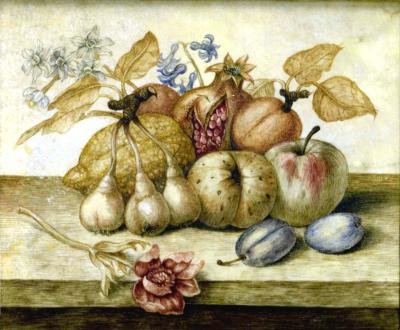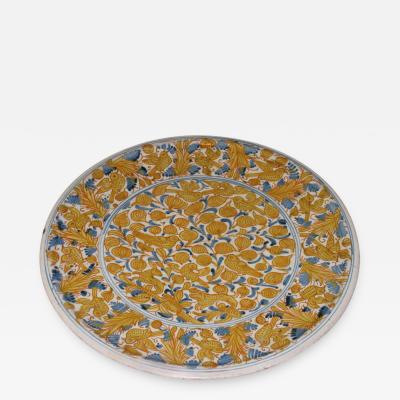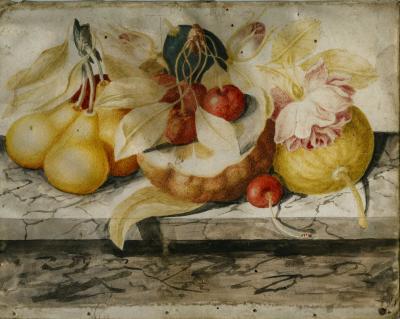An Orange Blossom with a Beetle, a Butterfly and a Fly
-
Description
Framed: 12 x 16.5 inches (30.5 x 41.2 cm)
Barbara-Regina Dietzsch was the eldest child of the landscape painter, Johann-Israel Dietzsch, one of seven siblings, all of whom flourished in eighteenth century Nuremberg as painters, engravers and musicians. Like her younger sister, Margareta, Barbara also worked in gouache on parchment and specialized in painting floral still-lifes, often tied in bouquets with ribbon and flanked by insects. Employed continuously by the Nuremberg court, Barbara-Regina’s work was often engraved, and she painted continuously.
At her death, one hundred-eight-gouache paintings of birds, flowers, and insects were listed in the collection of the Grüner residence in Nuremberg. She is also known to have painted twelve landscapes, three hunt scenes, and three portraits. Thanks largely to the enthusiasm of Dr. Christoph-Jakob Trew (a wealthy physician and bibliophile with a keen interest in botany), and Dietzsch’s patron, Nuremberg became one of the most important center of botanical art in the mid-eighteenth century.
Although the botanical studies of the Dietzsch family members are somewhat difficult to distinguish from one another, those of Barbara-Regina are generally finer, but with less movement than those of her siblings.
The Deitzschs’ still-life gouaches, coveted by English and Dutch collectors, were unmistakably influenced by the work of Jan van Kessel, Maria Sibylla Merian, and Rachel Ruysch. Characteristics of their work is the use of a prepared black background, which contrasts dramatically with the subject, helping create the sharp, hard finish for which Barbara-Regina was famous. This black background, certainly was inspired by commeso di pietre dure, or inlaid hard stone panels, which often incorporated the black paragone di fiandra stone as the background. It was used by Barbara-Regina for her scientific studies. Her paintings are in the Museum of Haarlem, Bamburg, and Dresden, among others.
This gouache is typical of a series of her works; she shows insects and a sprig of orange blossoms denote an allegorical meaning. -
More Information
Documentation: Documented elsewhere (similar item) Notes: D. Scrase, Flowers of Three Centuries, One Hundred Drawings and Watercolors from the Broughton Collection, ex. cat. Washington, 1983. Origin: Germany Period: 18th Century Materials: Gouache with gum arabic on vellum parchment Condition: Good. Styles / Movements: Other Book References: Literature: D. Scrase, Flowers of Three Centuries, One Hundred Drawings and Watercolors from the Broughton Collection, ex. cat. Washington, 1983. Incollect Reference #: 307224 -
Dimensions
W. 7.13 in; H. 11.25 in; W. 18.11 cm; H. 28.58 cm;
Message from Seller:
L' Antiquaire & The Connoisseur, Inc. specializes in European works of art, antiques, and paintings, with a rich history dating back to 1935. For more information, contact us at 212.517.9176 or info@lantiquaire.us.















